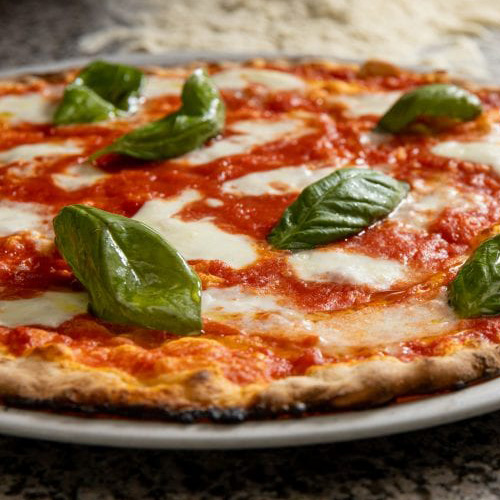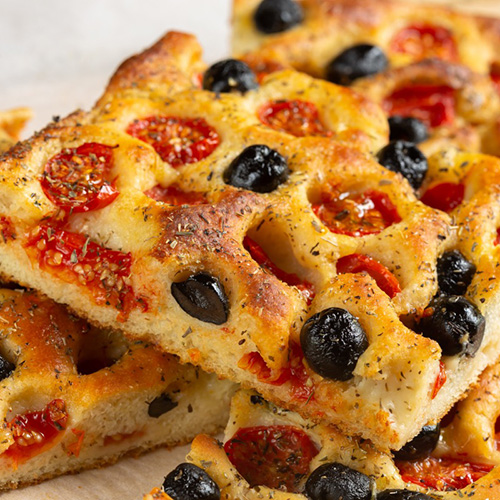PIZZA
Pizza is an Italian Miracle
A miracle of taste, synthesis of simple ingredients: water, flour, yeast, salt, oil, and all the possible ingredients that imagination and taste can suggest.
Perhaps the most popular dish in the world, with numerous regional variations and preparation styles, pizza is an icon of Italian cuisine and is healthy, versatile, colorful, affordable, and, above all, loved by all.
There are numerous regional and international variations of pizza, depending on the different cooking, leavening, raw materials used, handling, and filling techniques.
The history of pizza is linked to the city of Naples. In the 18th century, pizza was a poor, popular food: a simple flat focaccia of bread, topped with tomato or olive oil, often eaten on the street. In 1889, on the occasion of Queen Margherita of Savoy's visit to Naples, the pizza chef Raffaele Esposito prepared a special pizza in honor of the sovereign, topped with tomato, buffalo mozzarella, and basil: red, white, and green, the colors of the Italian flag. Thus was born the "Pizza Margherita", a perfect balance of sweet and acidic flavors and aromas that has made pizza the most popular and loved food in Italy and the world.
At first, pizza spread as a by-product of bread. Sold in bakeries, it had a few main variations: the white, the red, and, not always, the daisy.
The great success of the dish stimulated the birth of pizzerias, and with them, the culture of pizza and its varieties began to spread differently in preparation methods, ingredients, but also consumption models.
Today, especially in Italy, there are essentially three places to buy pizza: the tradition of pizzas sold in ovens that produce bread is still very strong, just as pizza by the slice, which is eaten on the street or at home, is very widespread.
Pizzeria restaurants are found everywhere, oriented towards different types of pizza (Roman, Neapolitan, etc.), in which the dish is consumed while sitting.











